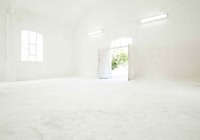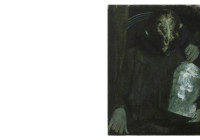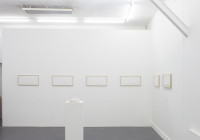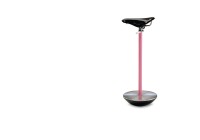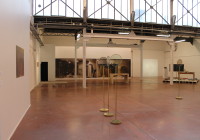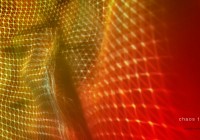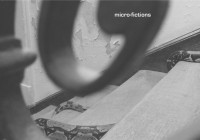Omnipresent in visual arts, architecture usually takes a visual shape, model, projection, draft… What happens when it dematerializes itself in order to be heard? Within the sound, the processes live for and from themselves. But the artist has to define a frame to construct the devices.
Taking place in neutral, spaces, this project includes exhibitions, a catalogue and a website. It intends to renew the sensitive experience by putting the eye-body to the test (Vincent Lamouroux). While day after day we experiment more and more the disconnection of the perspective organs with the interfaces and the digital tablettes, the artists (Janet Cardiff & George Bures Miller, Alter Bahnhof Video Walk, documenta (13), 2012) create works and sound installation aiming to a dramaturgy (Santiago Borja). The public becomes an actor and a spectator whose body, walking and thinking is part of a tale. Those proposals introduce to a widening of the perceptive consciousness. The sound attention, amplified, has an influence on the other senses.
For other artists, the development of a specific condition is more important than any other narrative form. In Eliane Radigue’s works, silences act like the shadow of sound pieces. Eléonore Bak and Christina Kubisch defend the listening plasticity. Invited to perform during the first exhibition, André & Michel Décostered create projects like their “Cycloïd-E”, a machine using familiar sounds hardly recognizable when the rhythm of its articulate arms speeds up.
More than the construction itself, other artists use the affects related to a specific architecture; the house become the symbol of invisible vibrations (“Gretl’s Soft Diagram”,1977 of the designer Clino Castelli), using the drafts of the house that Ludwig Wittgenstein drew up for his sister. Revealing through the ondulation the colors of the walls, invisible forces, perfumes or rushes of air, the philosoph anticipates the “soft structures”, this immaterial dimension which exists nowadays in sound and olfactory design.
The catalogue will put the art works into historical perspective and a website will complete the exhibition through the principle of site/nonsite of Land Art, to offer a place for anybody, anything, anytime anywhere.

